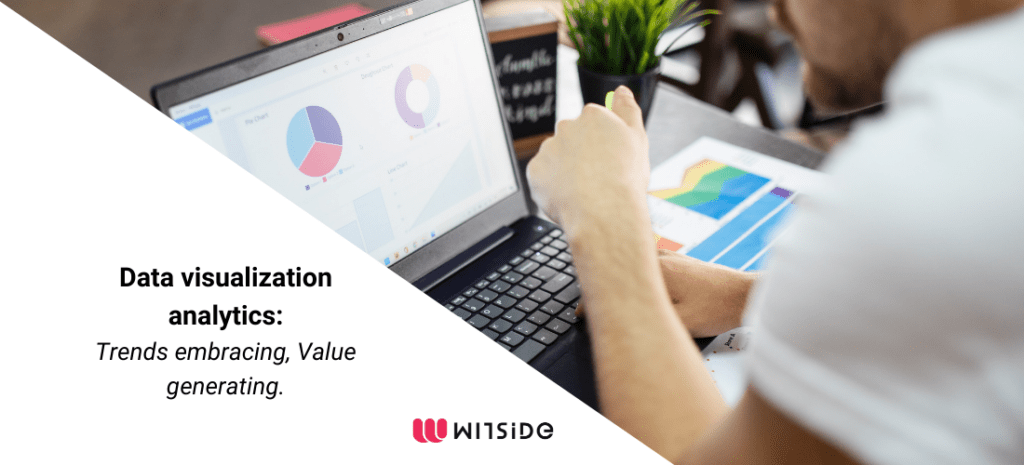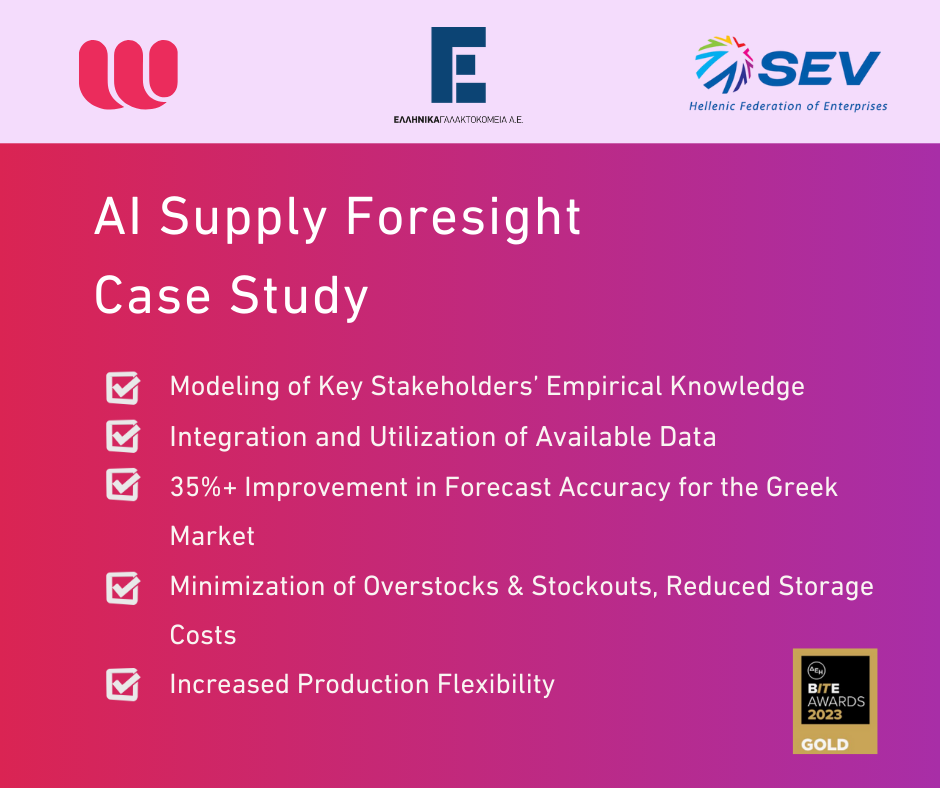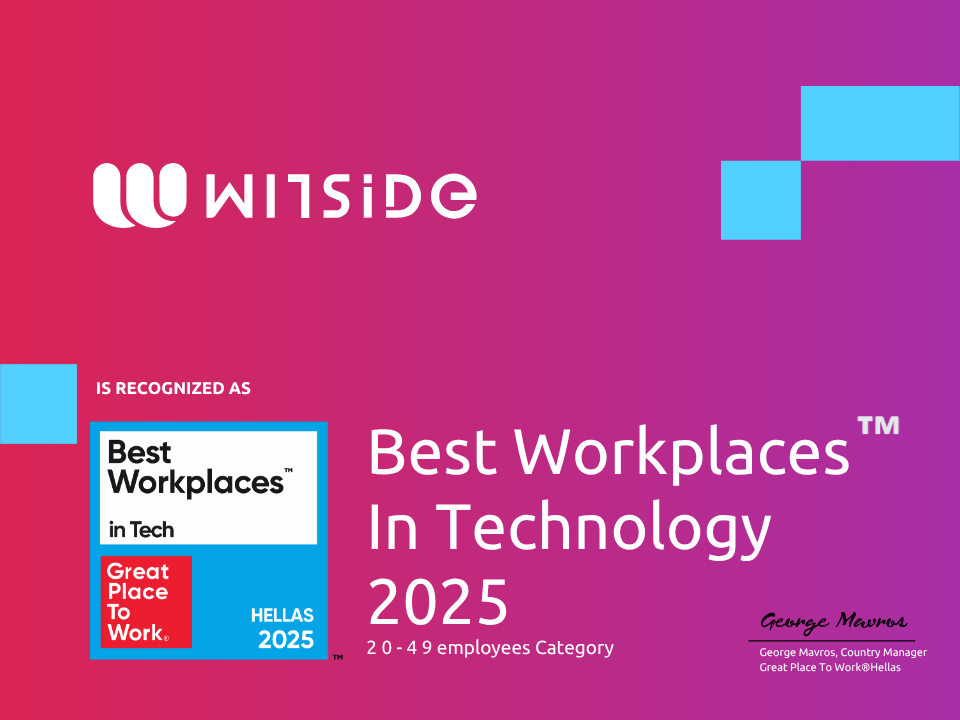Data Visualization Analytics: Trends Embracing, Value Generating
In a world increasingly dominated by data, users of all kinds are gathering, managing, visualizing, and analyzing data in a wide variety of ways. Subsequently, businesses need now more than ever, an easy and fast way to get precise insights that would lead to the correct decisions.
In order to achieve this fundamental goal, data visualization methods and tools are vastly used. Data visualization is an extremely powerful manner to generate business insights and arrive at better, data-driven decisions. The way in which visualizations are created has evolved over time — from the simple and static charts of the past to interactive, engaging visuals today.
It is clear now that data visualization analytics evolved from just an extra feature to a generator of trends, shaping the most important business decisions globally. In this article, we are going to investigate which data visualization trends will become more widespread and generate major value in the future.
Traditionally, user interface and data visualization choices, expect the user to adhere to the platform instead of making the platform work for the user. Thus, static dashboards, filters, charts, and numbers that do not add value and can leave users confused are produced. What is really needed is a visualization that is personalized to the specific and dynamic needs of each user.
The trend we briefly mentioned above, is called “User-centered design” (UCD). The main difference with the traditional User Interface design (UID) is the order that visualizations are created, starting with the user followed by context and data. This way, we achieve to give the best response to the user by providing a simple, straightforward user experience that delivers the information the user needs with the least possible complexity. At the same time, by simplifying the process, we are able to provide the user with actionable insights, suggestions, and the best subsequent actions for the decision at hand which leads to making the user part of the solution of its own problems.
Another major trend is the penetration of data visualization in social media platforms, where it engages many followers and viewers. A few examples of social media visualizations include 3D animations, GIFs, and content and data visualizations in the form of videos for popular video-sharing apps. If these features are used within an organization, they will generate important value by making multi-processing, information sharing, and effective communication an easy task. These social and sharing features are extremely helpful factors for the successful relay of information between team members within an organization.
Someone may think that all these trends are demanding coding or IT-related skills and thus are related only to data scientists, engineers, or business analysts. However, that is not true!
A clear trend in data visualization analytics suggests that anybody can use data at any time to make decisions, without any limitations or boundaries to access. Most of the data visualization tools are corresponding to this trend by making data-driven insights accessible to all users with just a few clicks. Within an organization, this helps everyone to identify new business opportunities and solutions to challenges, promoting innovation across the entire organization. This trend is widely referred to as “Data Democratization”.
Finally, an increasing trend in data visualization analytics has to do with the so-called ‘User Stories’. When people hear stories they often feel engaged and tend to remember the information better than just recalling facts. Data if they are left to speak for themselves, have important stories to tell, and thus the idea of data visualization for storytelling and giving meaning to numbers and data is becoming increasingly popular. However, just visualizing the data is not enough. It is necessary to move towards and become storytellers. To achieve that, we have to discover the meaning of the data themselves, highlight their value, and then create a narrative that helps users understand its meaning while keeping them engaged with the data. Perhaps, creating the appropriate visuals stories from large or complicated data sets might be a really demanding task, but if it is done in a proper way, it will differentiate the data visualizations and thus maximize data’s value.
The trends in data visualization analytics mentioned above would be the x-factor of the decision making and strategy road-mapping both today and in the future. We should be ready to embrace these trends, correspond to users’ needs, and thus contribute to data visualization’s constant development.
Dimitris Ntagiantis, Business Analyst, WITSIDE








